Your House Has a Smell. Here’s How to Fix It for Good.
After years working in people’s homes, I can tell you the first thing I notice isn’t the decor or the paint color. It’s the air. Every single home has its own unique scent, and honestly, that smell tells a story about what’s really going on inside.
In this article
A fresh, clean scent is more than just pleasant; it’s a sign that a space is healthy and well-cared-for. On the flip side, a funky, persistent odor is usually your home’s way of telling you something is wrong. I’ve dealt with every smell you can imagine, from last night’s fish dinner that just won’t quit to that deep, damp funk from a forgotten corner of the basement.
The store shelves are packed with scented plug-ins, sprays, and candles promising an instant fix. But let’s be real: most of those are just putting a floral or fruity blanket over the problem. They mask the odor, which can be a nightmare for people with allergies or sensitive pets, and they let the root cause get even worse. True odor control isn’t about covering things up. It’s about finding the source and getting rid of it for good.
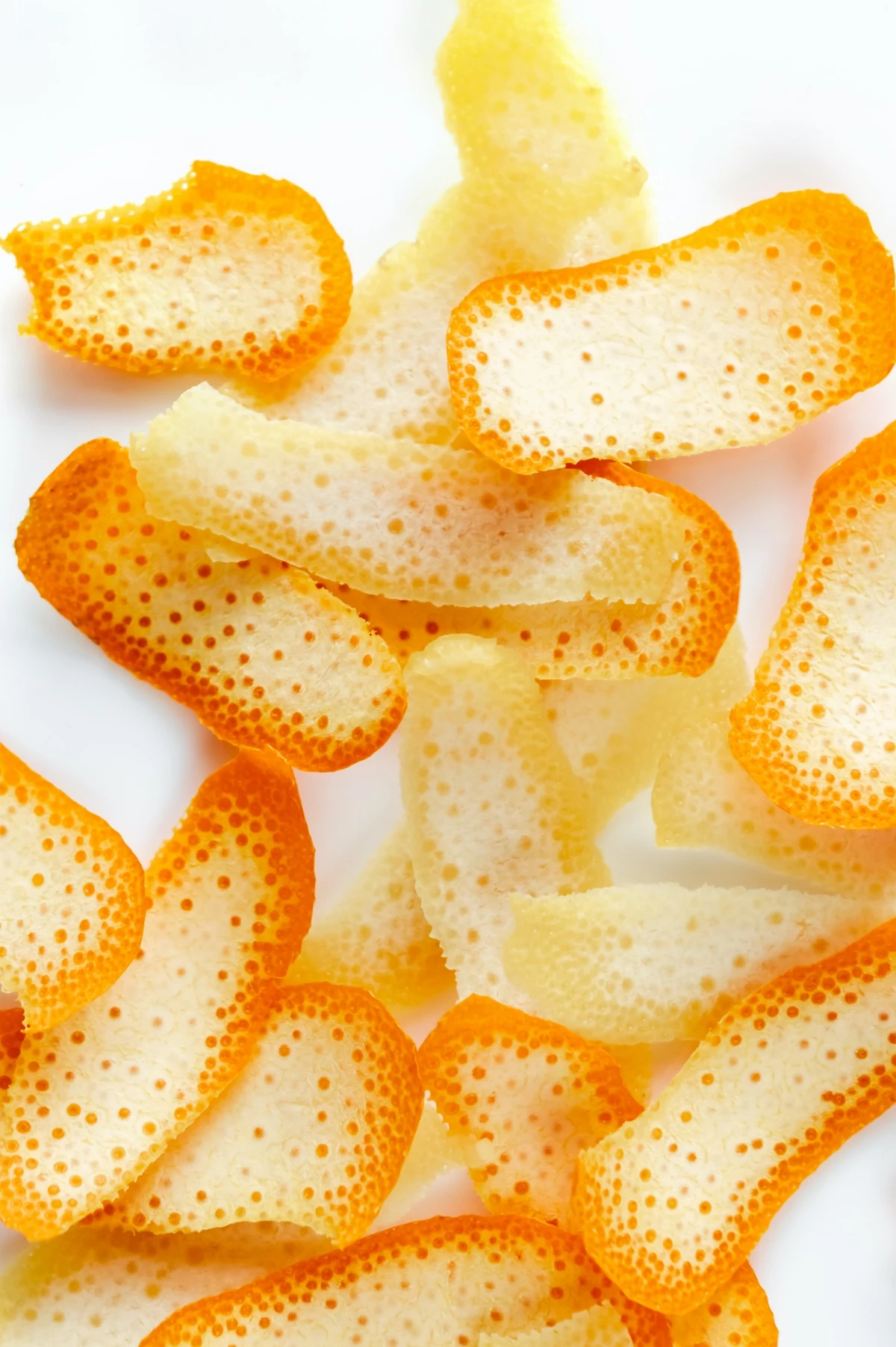
This guide is all about the real-deal methods I use. We’re going to skip the heavy chemicals and focus on simple, natural ingredients that actually work. This is how you restore your home to a state of genuine freshness.
First, Let’s Talk Shopping
Before we dive in, here’s a quick list of the powerhouse items you’ll want to have on hand. The great news? They’re all incredibly cheap and easy to find.
- Baking Soda: The absolute MVP. A standard one-pound box is usually just $1-$2.
- Distilled White Vinegar: Your go-to liquid neutralizer. You can get a huge gallon jug for around $3-$4.
- Activated Charcoal Bags: For the tough, persistent smells. A good set of four or more bags will run you about $15-$25 on Amazon or at a store like Home Depot, but they’re reusable!
- Citrus Fruits: Lemons and oranges are great for a quick fresh scent. Price varies, but you only need a couple.
- Enzymatic Cleaner (for pets): This is a non-negotiable for pet accidents. Look for brands like Nature’s Miracle or Rocco & Roxie, which cost about $20-$30 for a good-sized bottle at pet stores or online.
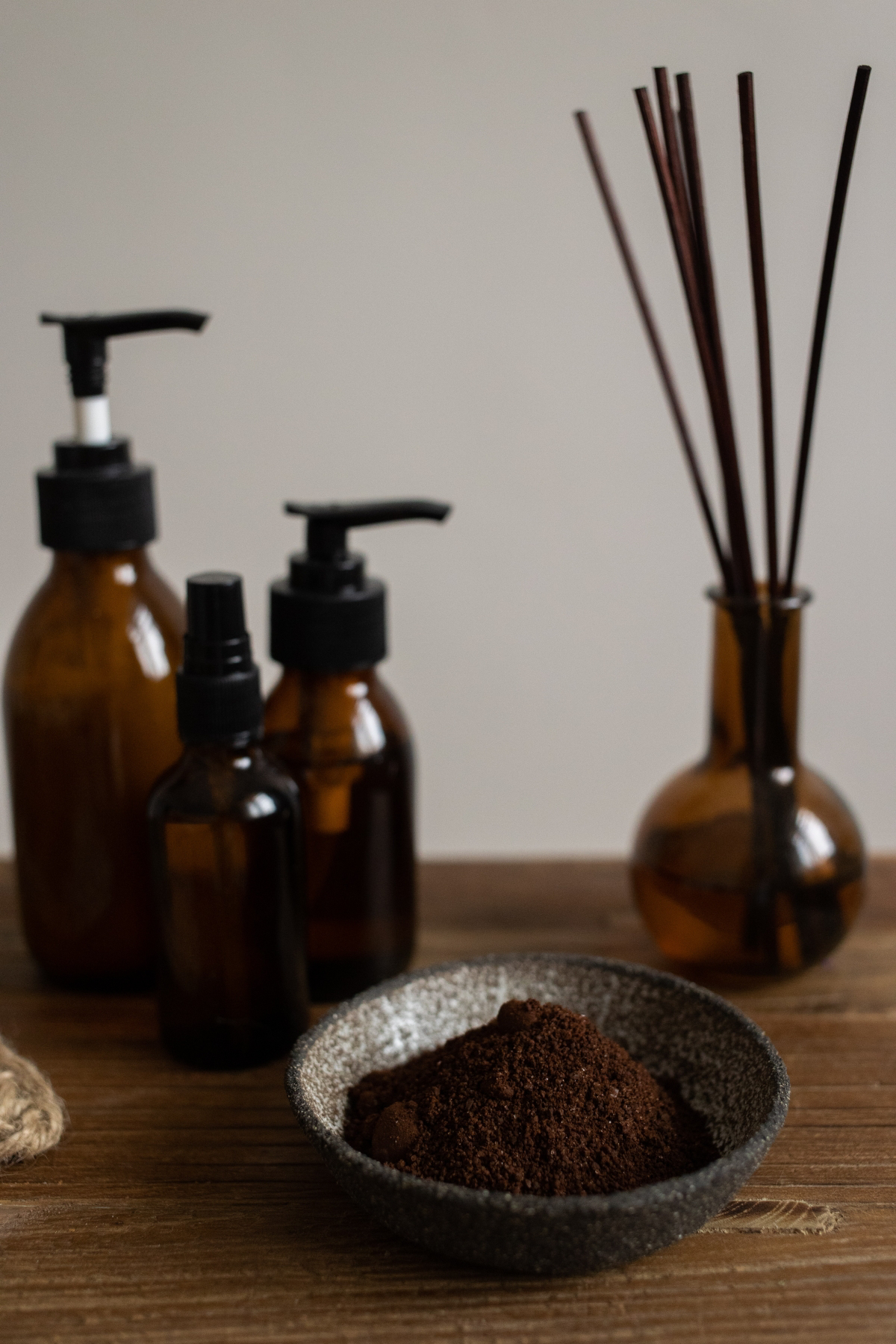
Why Your House Smells in the First Place
Before you can fight the funk, it helps to know your enemy. Most odors are caused by tiny airborne molecules called volatile organic compounds (VOCs). They’re released from all sorts of things—cooking, bacteria doing its thing, mold growth, pets, you name it. Your nose catches these little particles, and your brain says, “Ugh, smells like old gym socks in here.”
To get rid of a smell, you have to do one of three things to those molecules:
- Remove them. The simplest way is just opening a window. You’re swapping the stinky air for fresh air.
- Absorb them. This is where natural ingredients are amazing. Think of a sponge soaking up water—some materials, like baking soda, can soak up smelly molecules. Others, like activated charcoal, have a massive surface area that odors stick to like a magnet.
- Neutralize them. This is the most effective method. It involves a chemical reaction that changes the smelly molecule into something that doesn’t smell at all. It’s simple science, and it works way better than perfume.
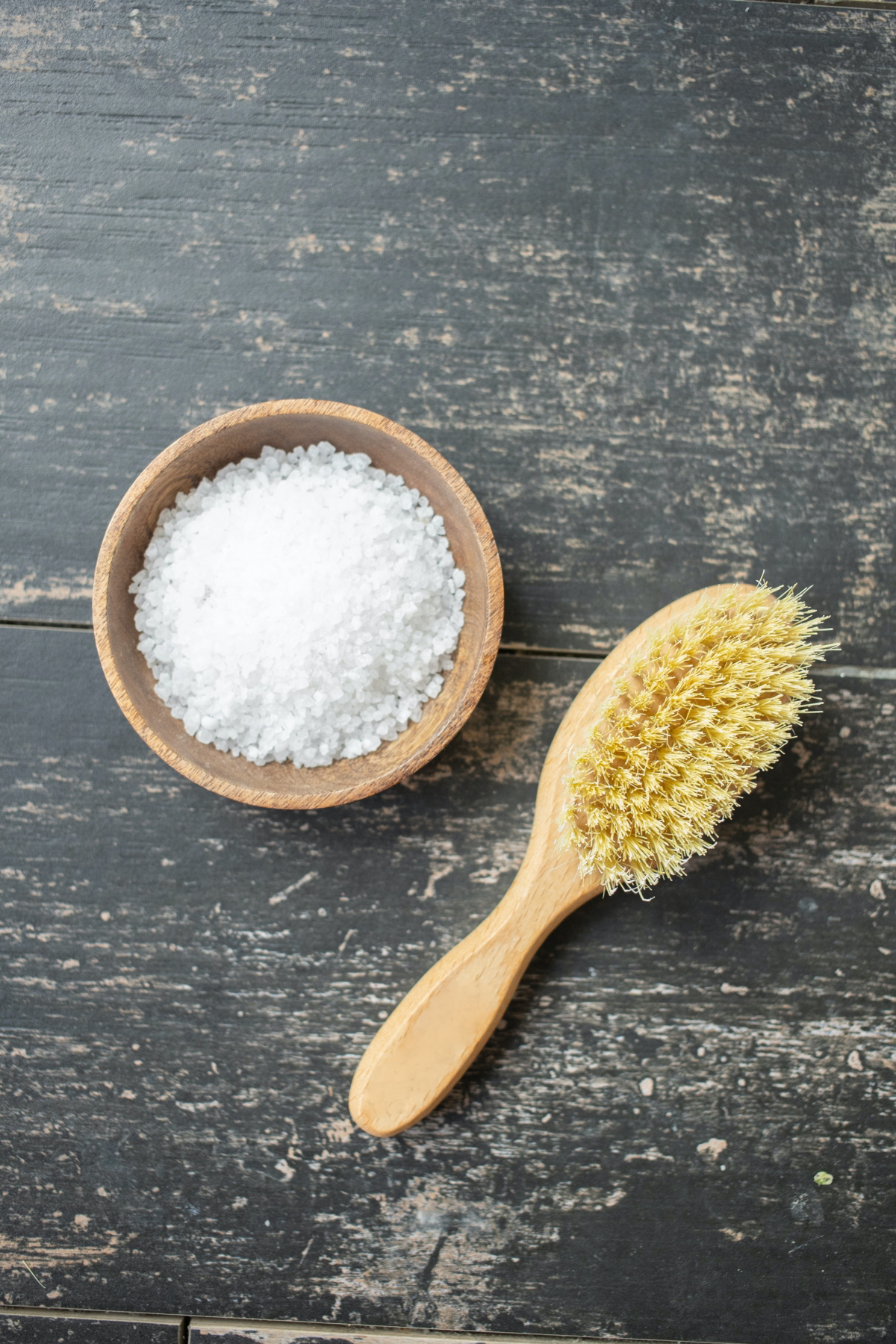
Your Natural Toolkit: The Pro Methods
I rely on a core set of simple but powerful materials. You probably have most of them already. The magic is in knowing what to use and how to use it right.
1. Baking Soda: The All-Purpose Workhorse
Baking soda is the undisputed champion of odor control. It’s cheap, safe, and it neutralizes both acidic and basic odors, making it your first line of defense.
Pro Techniques:
- Carpets & Furniture: Don’t just give it a little sprinkle. For an average room, I use a whole one-pound box. I use a fine-mesh kitchen sieve to get a nice, even layer over the entire surface. The key here is contact time. Let it sit for at least an hour, but for really tough smells like smoke or pet odor, leave it overnight. When you vacuum, go SLOW. A fast pass just gets the surface stuff. A slow, deliberate pass pulls the fine powder—and the odors it has absorbed—from deep in the fibers.
- The Fridge: An open box is okay for maintenance, but for a serious odor emergency (like that science experiment in the veggie drawer), spread a thin layer of baking soda on a cookie sheet. The massive surface area will suck up odors in just a few hours. Afterward, you can pour it into a bowl and leave it in the fridge for maintenance. Swap it out every 30-45 days.
- DIY Deodorizing Discs: This is a great trick for closets and under sinks. Mix one cup of baking soda with about a quarter-cup of water to make a thick paste. You can add a few drops of an essential oil like tea tree or eucalyptus for their antimicrobial kick. Press the paste into a silicone muffin tin and let it air dry for a day or two until it’s rock hard. Use one for a standard drawer, maybe two for a larger linen closet, and plan on making new ones every 1-2 months.
Quick Win: Need an easy fix right now? Pour a cup of white vinegar into a bowl and leave it in the smelly room overnight. It’s a set-it-and-forget-it neutralizer that works while you sleep. The vinegar smell will be gone by morning, and so will the other funk.
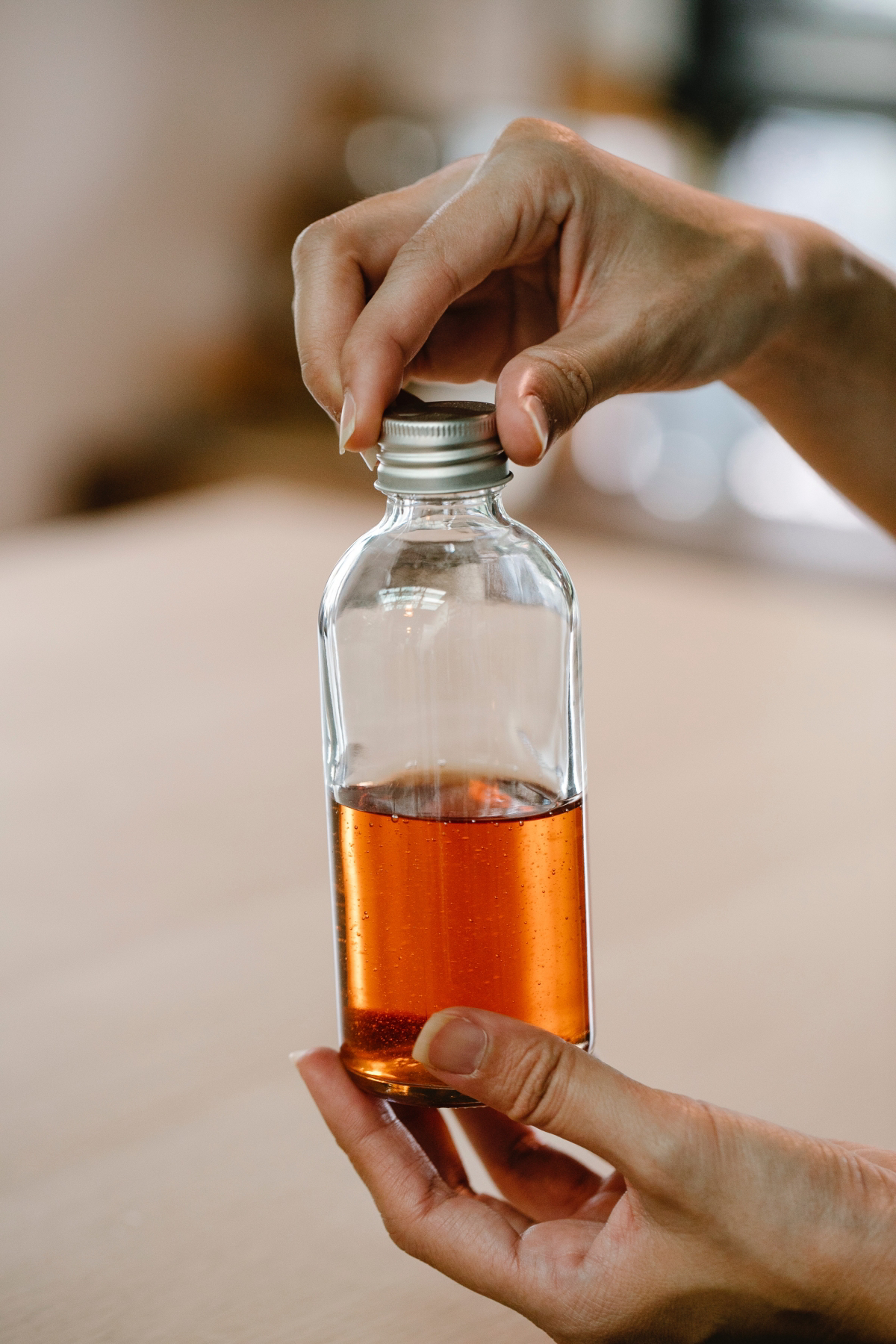
2. White Vinegar: The Acidic Power-Cleaner
Yeah, vinegar has a sharp smell on its own, but it’s a beast against alkaline odors like ammonia from pet urine or that lingering fish smell. The acetic acid in vinegar chemically neutralizes them, and once the vinegar dries, its own smell disappears completely, taking the bad ones with it.
Pro Techniques:
- Air Neutralizer: Simmer a small pot of 1:1 vinegar and water on the stove for an hour after cooking something pungent. The steam carries the acetic acid through the air, zapping odor molecules. I promise, your house won’t smell like a salad for long.
- Surface Cleaner: A spray bottle with a 50/50 mix of vinegar and water is my go-to for cleaning garbage cans, countertops, and inside the fridge. It cleans and deodorizes in one shot.
By the way, if you just can’t stand the smell of vinegar, even for a short time, here’s a lesser-known trick: use a spray bottle of cheap, unscented vodka. The alcohol acts as a solvent and disinfectant, and it evaporates without a trace, taking odors with it. (Just don’t use it on shellacked or varnished wood finishes!)
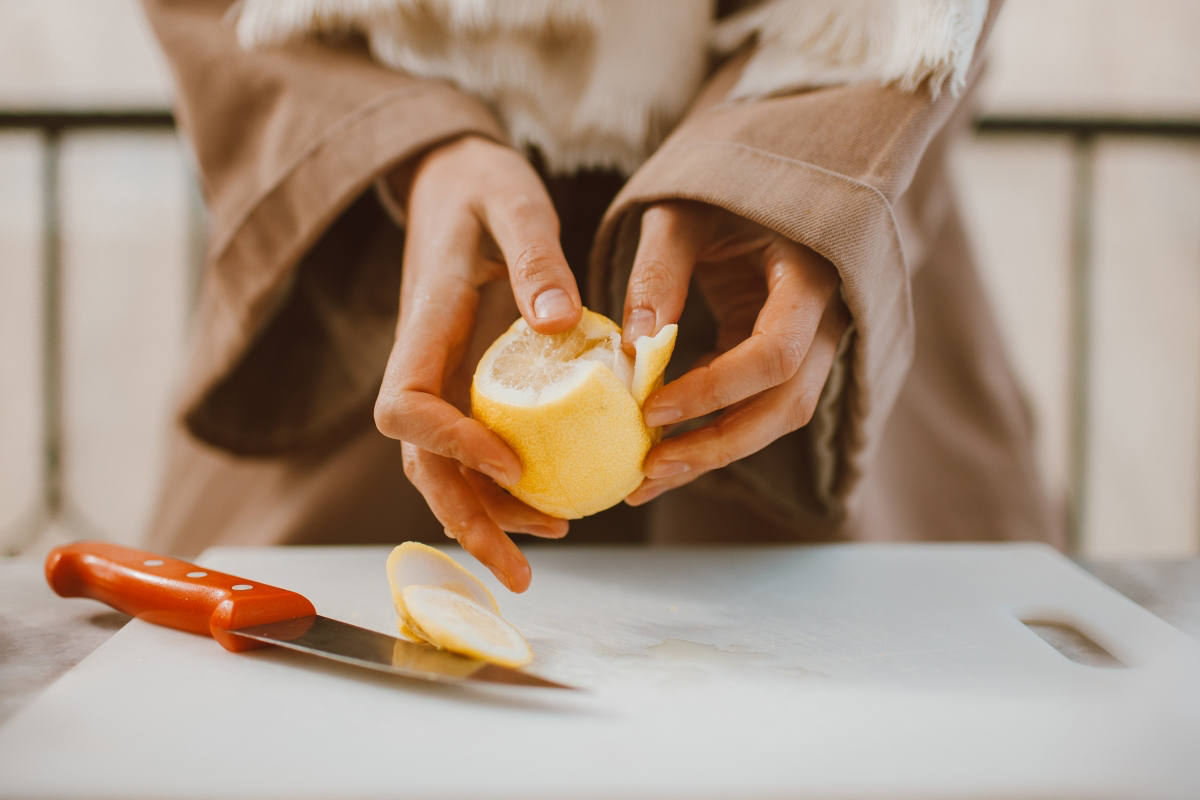
3. Activated Charcoal: The Heavy-Duty Adsorber
This is a serious step up. And please, don’t use barbecue briquettes—they have additives you don’t want in your house. You need activated charcoal (or activated carbon). It’s been treated to create millions of tiny pores, making it an odor-trapping superstar.
- Where to Use It: It’s perfect for enclosed spaces with stubborn mustiness, like basements, closets, cars, or near a litter box. It’s also fantastic for absorbing fumes from fresh paint.
- How to Recharge It: Here’s the best part—unlike baking soda, you can reuse it. Once a month, place your charcoal bags in direct sunlight for a few hours. The UV rays cause the charcoal to release all the odors it has trapped, making it good as new. A good set of bags can last up to two years this way!
4. Citrus Peels & Coffee Grounds: The Quick Fixers
These two are great for specific jobs. Citrus peels have oils that provide a powerful, fresh scent, while coffee grounds are fantastic at absorbing other really strong odors.
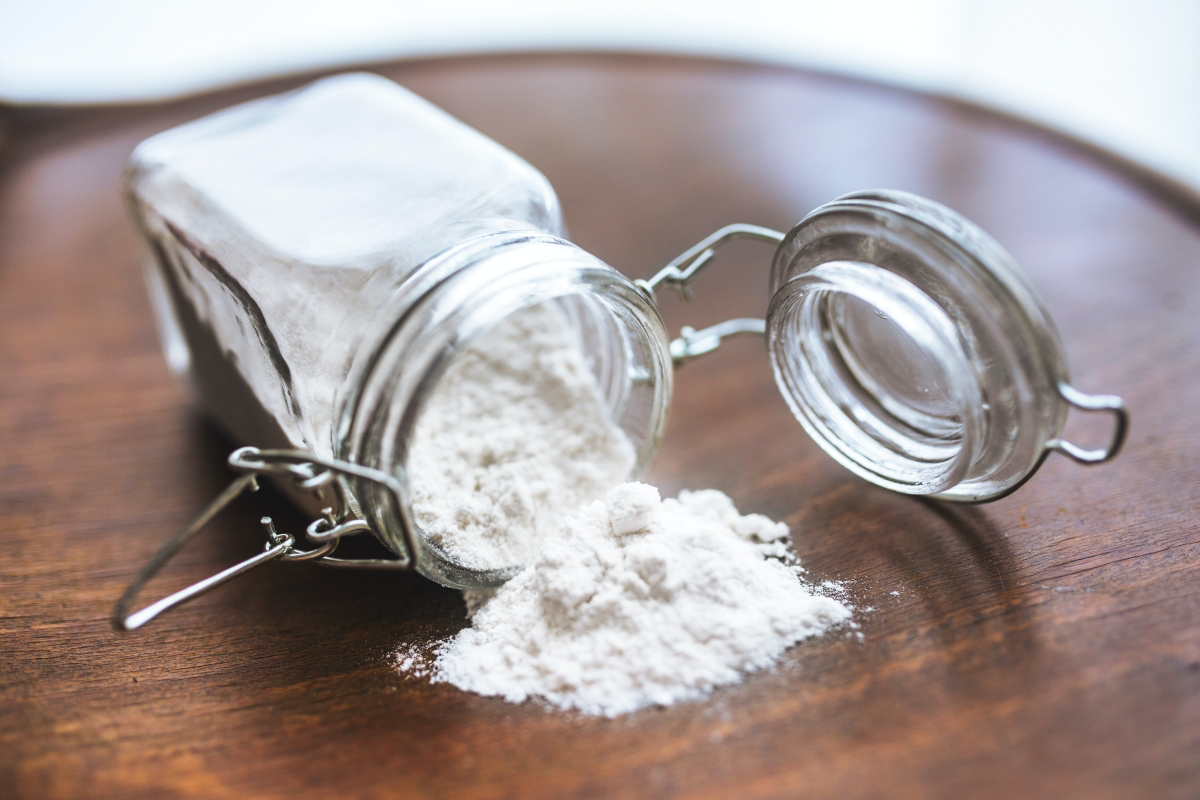
- Garbage Disposal: A classic for a reason. Throw a few citrus peels, a handful of ice cubes, and some coarse salt down the drain and run it. The ice and salt scour the gunk off the blades while the citrus oils make everything smell great.
- Stovetop Simmer: For a fast burst of freshness before guests arrive, simmer a pot with water, lemon or orange peels, a cinnamon stick, and a few cloves. It smells incredible and natural. Just keep an eye on the water level!
- Heavy-Duty Odor Emergency: I once had a client whose freezer failed while they were on vacation. The smell was…unforgettable. After a deep clean, the odor still lingered. We placed large, shallow bowls of fresh, dry coffee grounds in the freezer and around the kitchen. Within 48 hours, the horrible smell was gone, replaced by the much nicer aroma of a coffee shop. (Heads up: used, wet grounds will just get moldy, so always use fresh, dry ones).
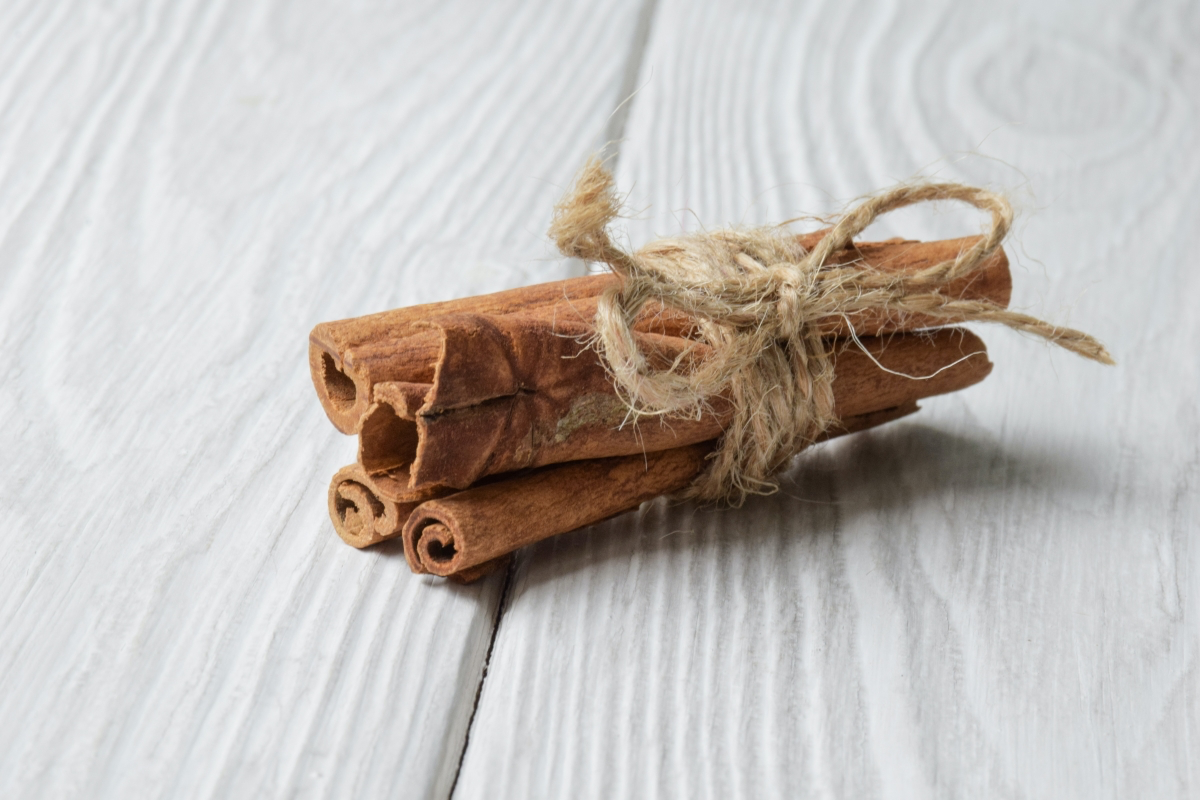
Heads Up! Safety with Pets and Kids
When you’re fighting odors naturally, you still need to be smart, especially with little ones and furry friends around.
- Simmering Pots: A pot on the stove is a burn risk. Always use a back burner and never leave it unattended, especially with curious kids or cats who like to jump on counters.
- Essential Oils: While a few drops in your baking soda discs are generally fine, many essential oils (like tea tree, eucalyptus, and citrus) are toxic to cats and dogs if ingested or applied to their skin. Keep them out of reach.
- Powders and Pellets: Keep boxes of baking soda and charcoal bags away from pets and toddlers who might try to taste them. They aren’t toxic, but they can cause an upset stomach.
Tackling the Toughest Odor Problems
Different smells require different battle plans. Here’s how I approach the most common culprits.
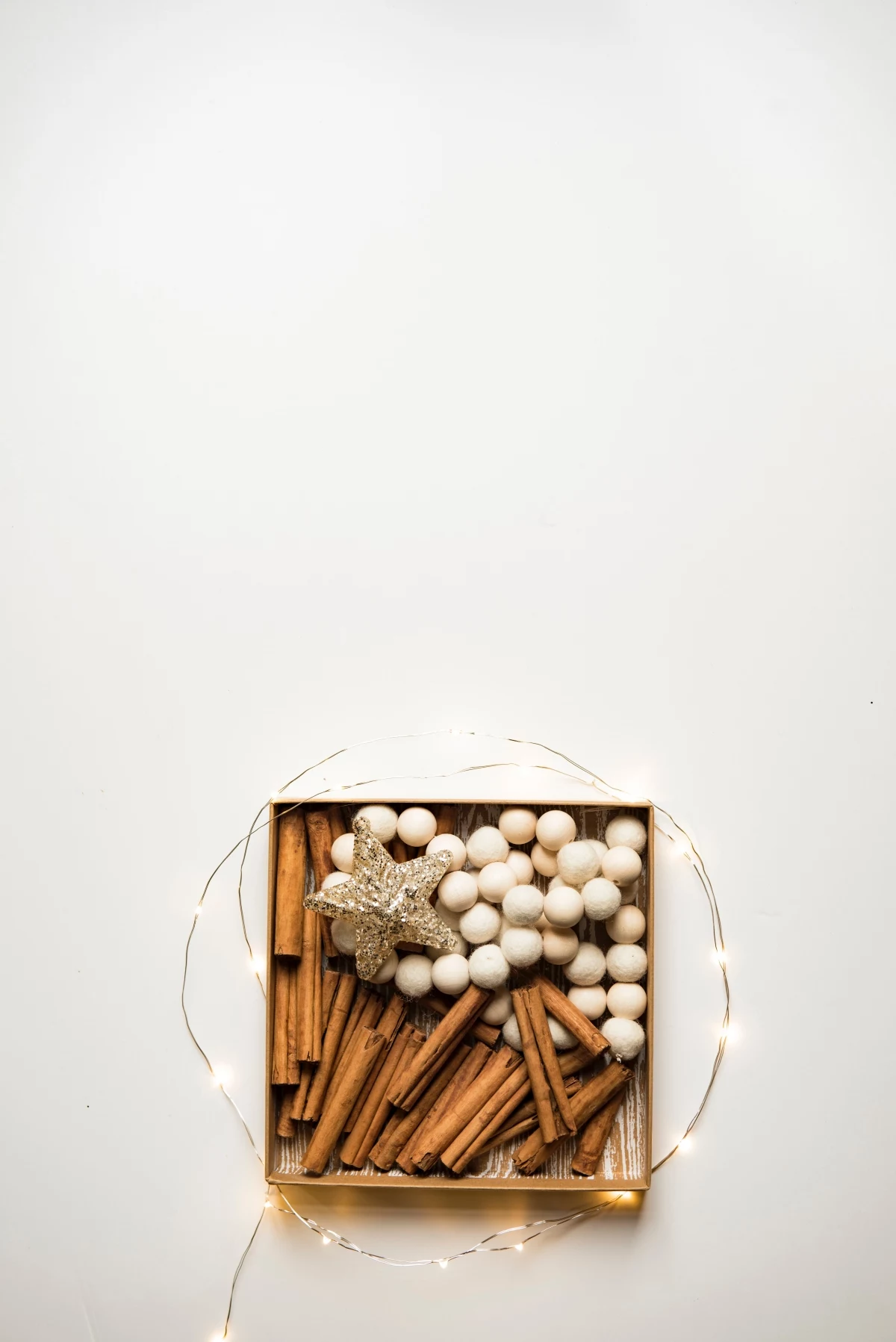
The Problem: Musty Basements and Closets
This smell is almost always caused by moisture, which leads to mold and mildew. Masking it is a waste of time.
First, you HAVE to find the water source—a leaky pipe, a crack in the foundation, or just high humidity. Fix that first. Then, get a good dehumidifier and keep the humidity between 30% and 50%. Clean any visible mildew with your vinegar-water spray. Once it’s all clean and dry, place several activated charcoal bags around to soak up any lingering musty molecules. That’s the only permanent fix.
The Problem: Stubborn Pet Odors
Pet urine is tough because it contains uric acid crystals that don’t wash away with water. When it gets humid, they reactivate, and the smell comes roaring back.
For a fresh accident, blot (don’t rub!) up as much as you can. Saturate the spot with a 50/50 vinegar-water mix, let it sit for 15 minutes, then blot it dry. Once it’s fully dry, cover the area with baking soda overnight and vacuum it up.
But I have to be clear here: for set-in or large-scale pet damage, you need to bring out the big guns. You’ll need an enzymatic cleaner. Those special cleaners contain enzymes that literally eat the uric acid crystals. If the urine has soaked through to the subfloor, you might be looking at a job for a restoration professional. Sometimes the carpet, pad, and even the subfloor have to be replaced and sealed.
When You Absolutely Need to Call a Professional
Natural methods are fantastic, but there are a few smells that are serious red flags. Your safety comes first.
- Rotten Eggs (Gas Smell): If you smell natural gas, don’t touch anything electric. Get everyone out of the house immediately and call your gas company or 911 from a safe distance.
- Burning Plastic (Electrical Smell): This can mean a dangerous electrical fault. Turn off the power at the breaker box and call a licensed electrician right away. This is a major fire hazard.
- Overwhelming Musty Smell: If a strong, earthy smell is everywhere, or you see large patches of black mold, it’s time to call a professional mold remediation company. They have the gear and training to handle it safely.
From my own experience, I once tried to get a heavy smoke smell out of some thick drapes with just baking soda and airing them out. It barely made a dent. I finally had to take them to a professional cleaner who used a special treatment. It was a good reminder that sometimes, you just have to call in the pros and save yourself the headache.
Ultimately, a home that smells genuinely clean is all about mindful maintenance. It’s about tackling problems at the source and using the right tool for the job. Now you have a whole toolkit of them!
Inspirational Gallery
That persistent musty smell from the back of the closet or a damp basement?
You’re likely dealing with mildew. Before you reach for a scented spray, tackle the humidity. A small, rechargeable dehumidifier, like the Eva-Dry E-333, can work wonders in enclosed spaces like closets or RVs. For larger areas like basements, a full-sized dehumidifier is a must. Once the moisture is controlled, the smell will dissipate, and you can wipe down surfaces with a vinegar solution to prevent regrowth.
According to the EPA, concentrations of some pollutants are often 2 to 5 times higher indoors than outdoors.
This is why true odor elimination is so crucial for a healthy home. It’s not just about what you can smell; it’s about what you’re breathing. Airing out your home daily, even for just 10 minutes, can dramatically improve air quality by flushing out these accumulated pollutants.
Want to refresh fabrics that can’t be easily washed, like curtains or the sofa? Create a simple deodorizing spray.
- Fill a spray bottle halfway with distilled white vinegar.
- Top it off with water.
- Add 10-15 drops of a purifying essential oil like lemon or tea tree.
Shake well and mist lightly over fabrics. The vinegar smell will disappear as it dries, taking other odors with it. Always spot-test on an inconspicuous area first!
Important point: The fabric softener trap. It feels counterintuitive, but overuse of liquid fabric softeners and dryer sheets can make your laundry smell worse over time. They work by coating fibers with a waxy, water-repelling layer that can trap bacteria and odors, especially in towels and athletic wear. Try switching to wool dryer balls to soften clothes and cut drying time, or add a half-cup of white vinegar to your rinse cycle instead.
After you’ve deep-cleaned, create a welcoming atmosphere with a natural simmer pot. It’s a gentle, chemical-free alternative to candles.
- In a small saucepan, combine water with a few slices of orange and lemon.
- Add a cinnamon stick and a couple of whole cloves.
- Bring to a boil, then reduce to a low simmer.
The steam will carry a warm, clean scent throughout your home. Just remember to top up the water as it evaporates.
An air purifier is a powerful ally, but only if it has the right technology. Look for a model with a multi-stage filtration system that includes both a True HEPA filter and an Activated Carbon filter. The HEPA filter traps allergens like dust and pollen, while the activated carbon is essential for adsorbing odor molecules, smoke, and VOCs. Brands like Levoit and Coway offer popular models that excel at this dual-action purification.
- Neutralizes stubborn cooking odors like garlic or fish.
- Absorbs moisture and musty smells in pantries.
- Costs next to nothing.
The secret? A small bowl of dry, unused coffee grounds. Place it on the counter overnight or in a discreet corner of a closet. The porous nature of the grounds makes them excellent natural deodorizers.
For Pet Owners: Enzymatic cleaners like Nature’s Miracle or Rocco & Roxie are essential, but their effectiveness depends on how you use them. First, blot up as much of the mess as possible. Then, thoroughly saturate the area with the cleaner—don’t be shy! The enzymes need to make full contact with all the odor-causing organic matter to break it down completely. Cover the spot with a damp towel to keep the area moist and let the enzymes work for several hours, or even overnight, before blotting dry.
Even the cleanest kitchen can be betrayed by a funky garbage disposal. For a quick and powerful clean, freeze white vinegar in an ice cube tray, adding a small piece of lemon peel to each cube. Once frozen, toss a few down the disposal and run it. The grinding ice sharpens the blades and scours away grime, while the vinegar and lemon disinfect and deodorize.










